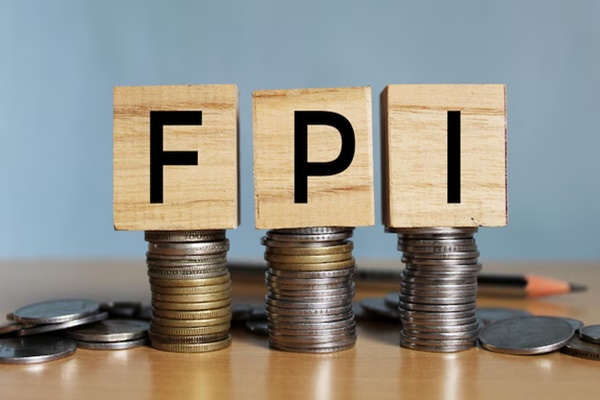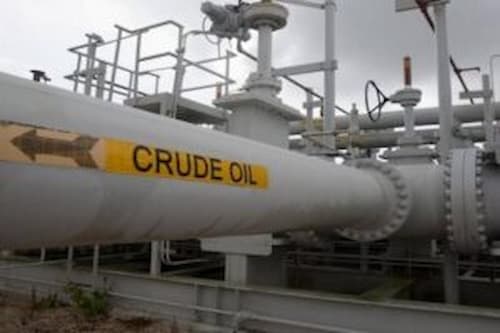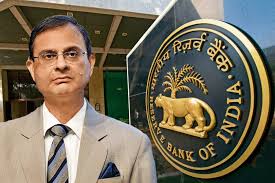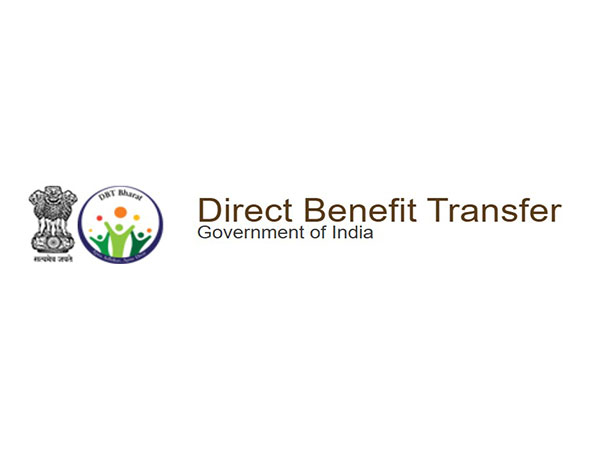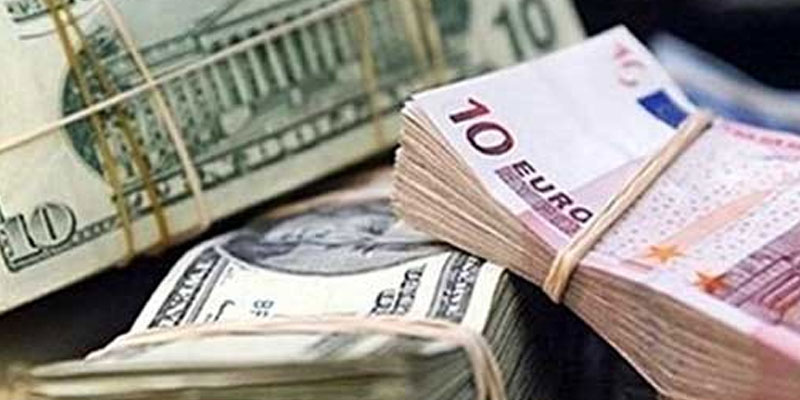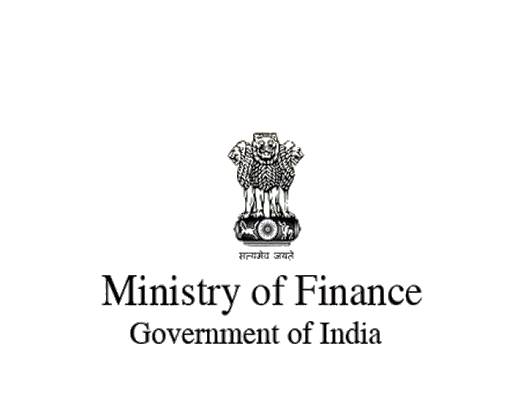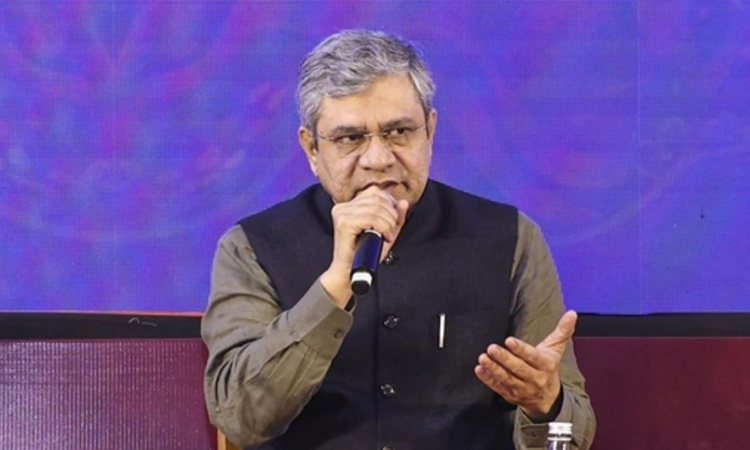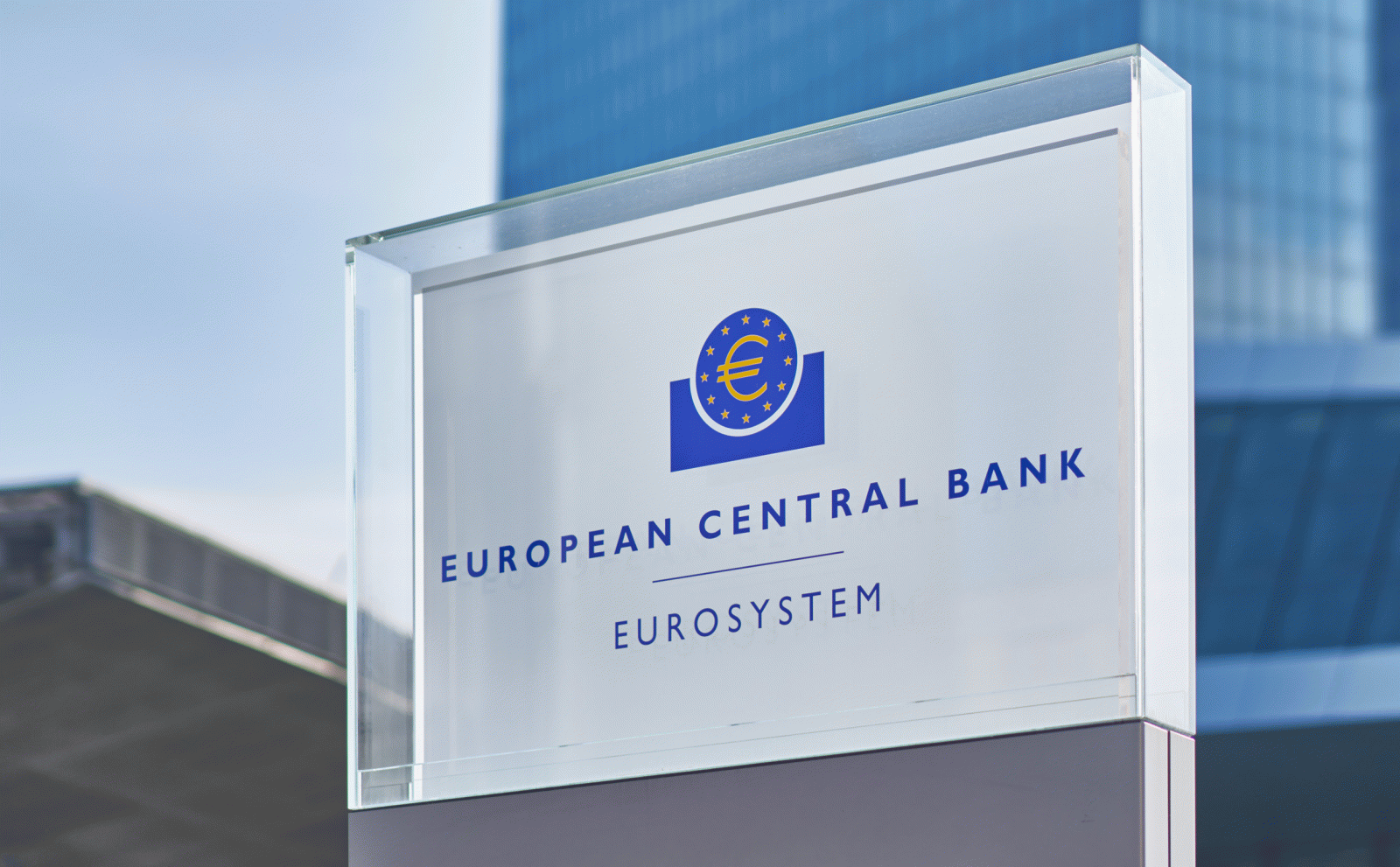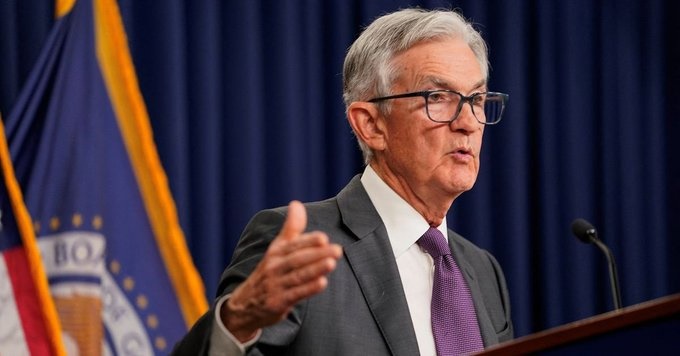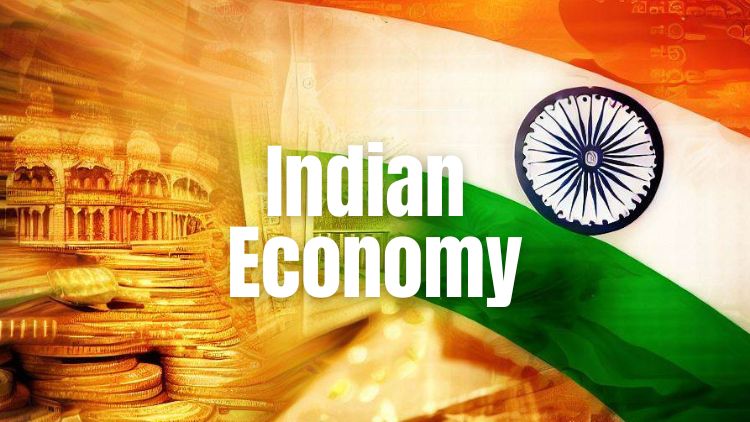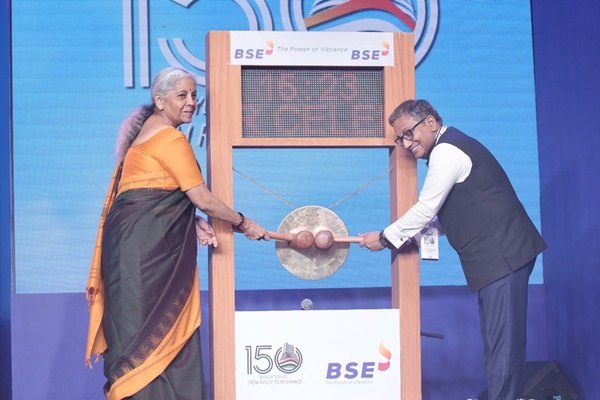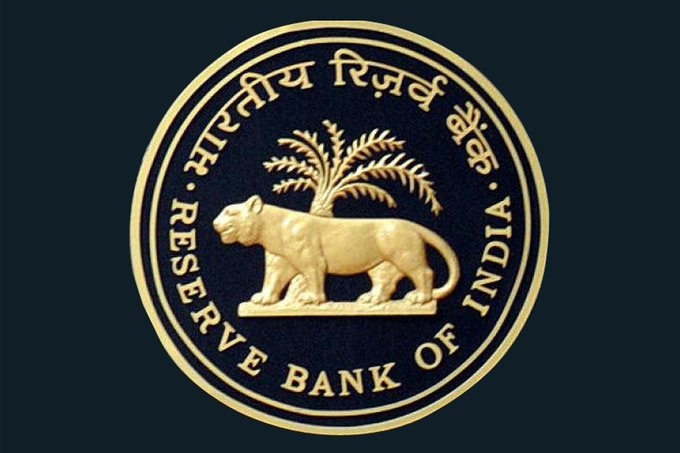GST will improve tax-GDP ratio: Finance Ministry
Thu 10 Aug 2017, 21:16:18
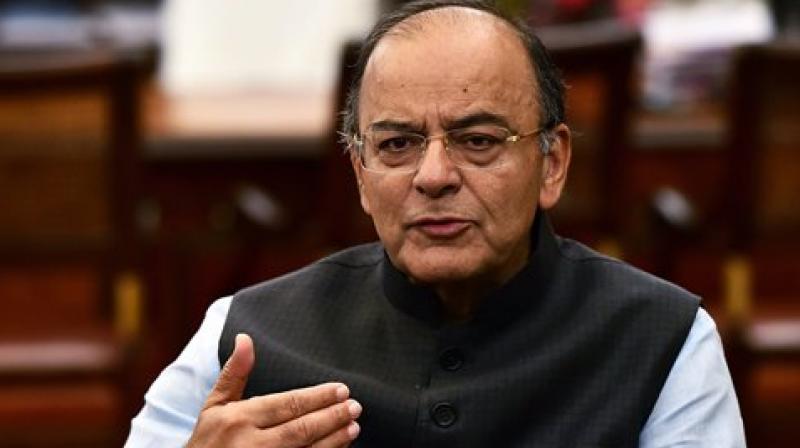
The Goods and Services tax will help improve tax to GDP ratio to 11.9 percent by 2019-20 in the country, while giving buoyancy to the government tax collection efforts.The gross tax-GDP ratio in 2017-18 is estimated to be around 11.3 per cent.
In the Medium Term Expenditure Framework Statement, tabled in the Lok Sabha, the finance ministry has projected that in the medium term tax revenues will show the growth anticipated during the presentation of the Budget.
'In other words it is felt that any shocks to tax collections due to the introduction of GST will be absorbed in the current financial year and hence the tax-GDP ratio will remain at the level of 2016-17,' it said.
The government has budgeted for over Rs 19.06 lakh crore from taxes in the current fiscal, a growth of about 15 per cent over the last
fiscal.
fiscal.
As per the statement, going forward 'in the years 2018-19 and 2019-20 the gains from expansion of the tax base due to the introduction of GST and the increased surveillance post demonetisation will ensure that tax-GDP ratio will increase by 30 basis points'.
The tax-GDP ratios are projected to be 11.6 per cent in 2018-19 and 11.9 per cent in 2019-20 respectively, it said.
Goods and Services Tax (GST) was rolled out from July 1 and it is estimated that the new indirect tax regime would add to revenues and boost GDP by about 2 per cent.
Besides, the demonetisation of Rs 500 and Rs 1,000 notes have brought an additional over 1 crore people in the tax net.
The tax department has launched operation clean money to detect people whose cash deposits post demonetisation does not match their tax profile.
No Comments For This Post, Be first to write a Comment.
Most viewed from Business
AIMIM News
Latest Urdu News
Most Viewed
May 26, 2020
Do you think Canada-India relations will improve under New PM Mark Carney?
Latest Videos View All
Like Us
Home
About Us
Advertise With Us
All Polls
Epaper Archives
Privacy Policy
Contact Us
Download Etemaad App
© 2025 Etemaad Daily News, All Rights Reserved.

